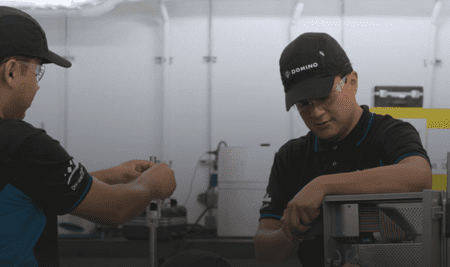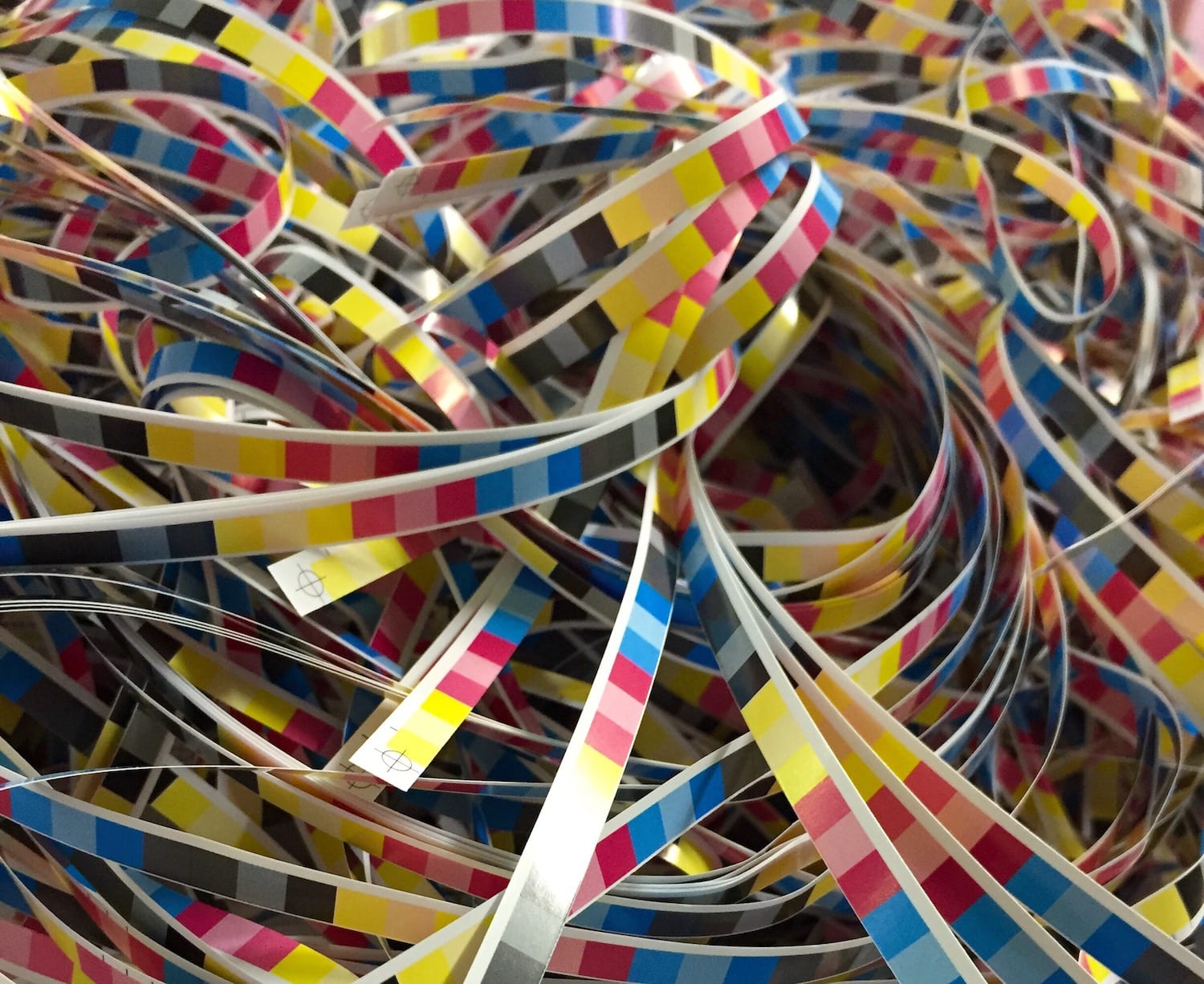With its “Step Change in Service” program, Domino Printing Sciences has found that it pays to give technicians more autonomy on service calls.
Training technicians to offer customers more than reactive service has proven to be highly profitable for Domino Printing Sciences, resulting in a significant amount of new service-generated leads annually.
It’s all part of a new service approach, called “Step Change in Service.” The global printing firm—headquartered in Cambridge, England—makes industrial printers for large-scale manufacturing jobs, such as putting sell-by dates on cans. And in 2014, it launched the new service program in Europe and North America in 2014. Today, the program has significantly transformed how the company provides field service worldwide.

Russell Jacobs
“The idea was to give much more autonomy to our service technicians so they could become site managers for Domino equipment rather than just go in on a reactive service job,” explains Russell Jacobs, business analyst for service at Domino.
As “site managers,” technicians have more freedom to check entire sites, not just the individual machines they were sent to fix. More autonomy allows them to evaluate all equipment in the production lines, making sure that cables and brackets are working properly. They also check that the ink store is not only up to date, but that older stock is used before newer ink. And they can proactively carry out full site audits, checking and managing consumables.
An additional aim of Domino’s “Step Change in Service” program is to reduce the number of service visits. It’s faster and more convenient to fix a customer’s problem remotely via the telephone than it is to send one of the company’s 500 service techs across the globe. The company’s international workforce already covers a lot of ground maintaining equipment for some of the world’s most well-known consumer brands.
“We try to fix as many customer problems as possible by phone rather than visiting in person. About 70 percent on average are phone fixes, which means we need to visit customers a lot less often than we used to,” Jacobs says.

Image: Domino
One key to the success of Step Change was the implementation of ServiceMax in 2014, which bolstered technicians’ mobile toolkits. With ServiceMax, Domino’s techs can access ServiceMax through their iPads to find or input customer information, even offline. Previously, technicians needed to be online to update details, and it was sometimes difficult to find a signal in customers’ vast factories.
Building on its initial success in Europe and North America, Domino has rolled out the Step Change program and ServiceMax in India, China, Mexico, Dubai and other countries.
“We can measure everybody and what they’re doing,” Jacobs says. “We can follow best practices and roll that out throughout the world very quickly. It gives us a full 360-degree view of the entire business, and ServiceMax has helped facilitate that.”
With so much cultural change, as well as the massive worldwide ServiceMax rollout, the key now, says Jacobs, is “playing catch up” with some of ServiceMax’s features that Domino has been too busy to utilize.
“Within the next five years, the ability to capture data coming into the system while using AI to start detecting problems before equipment fails will be a boon to our customers,” Jacobs says of Domino’s service roadmap.


Share this: